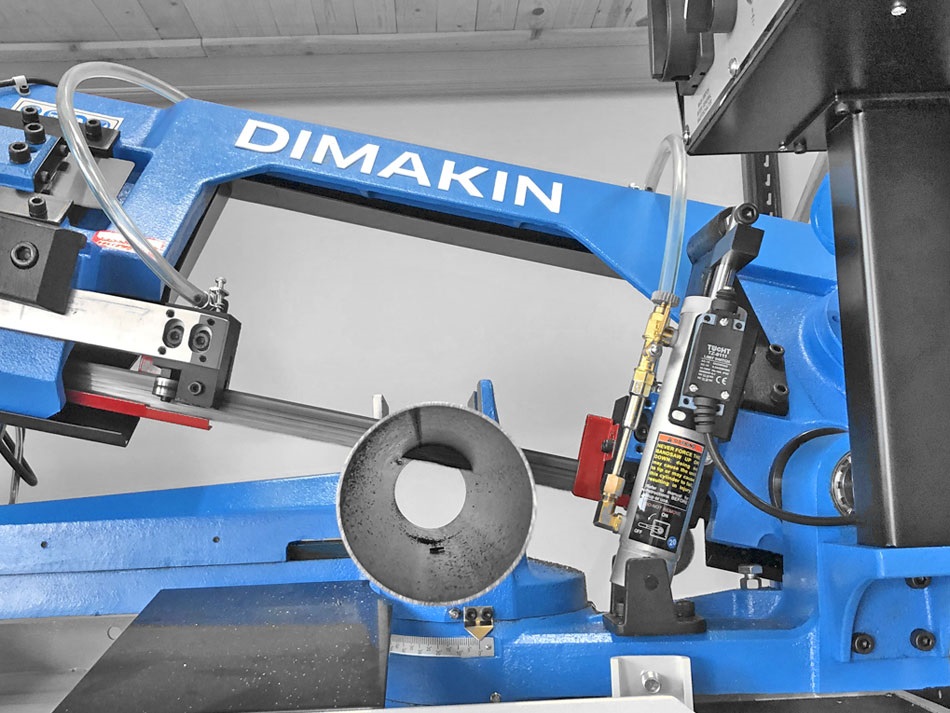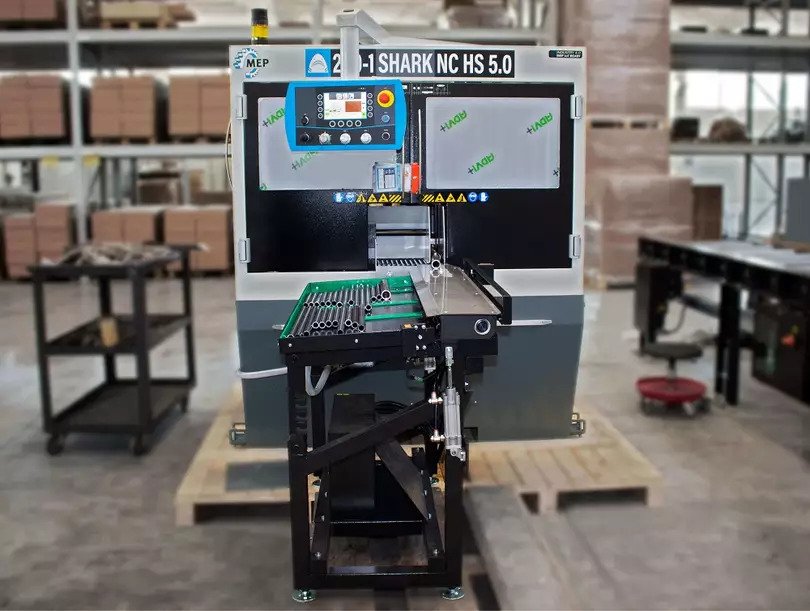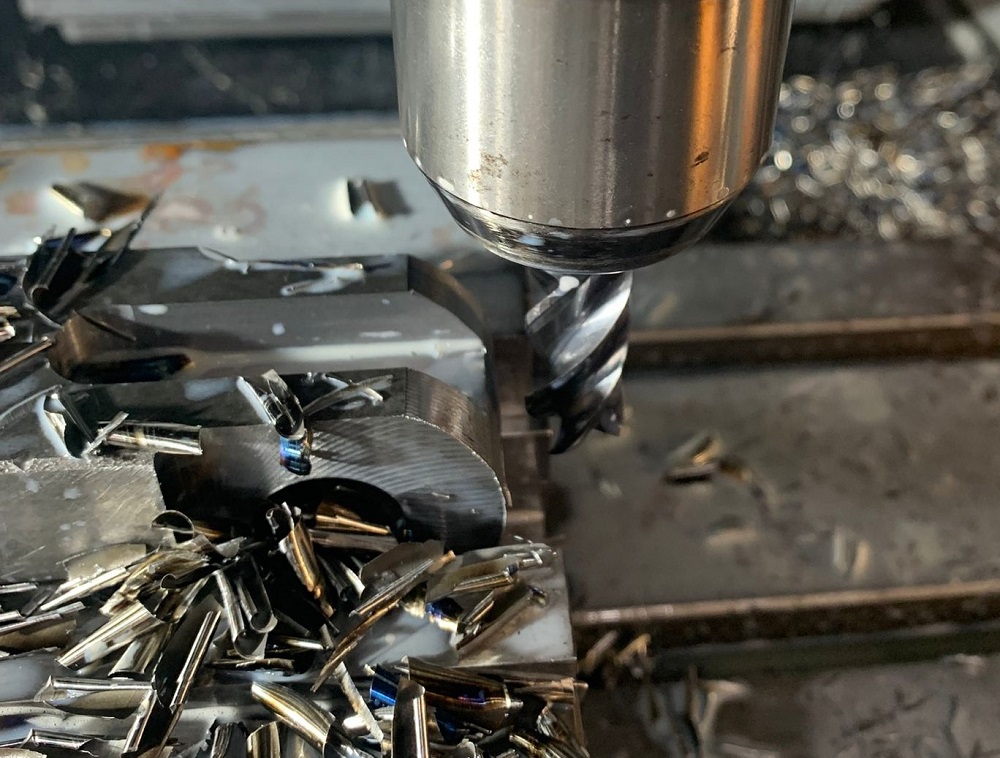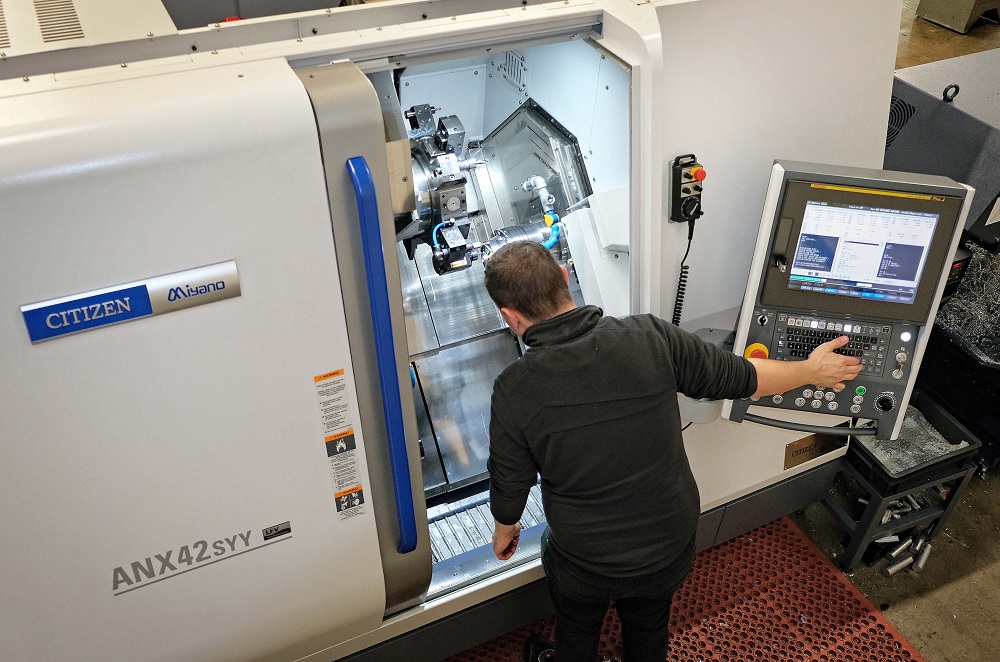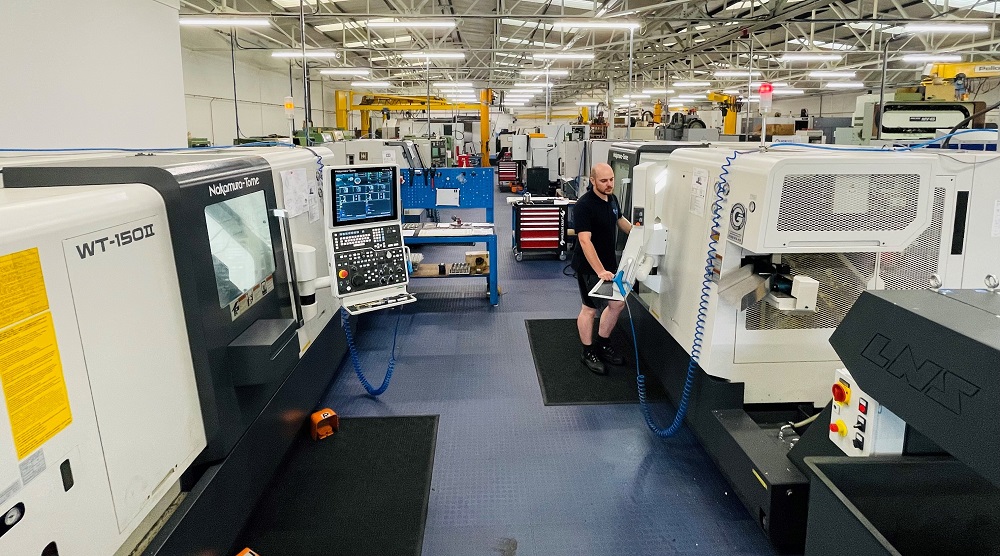As part of the R&G Fluid Power Group of companies, Millennium Engineering is a specialist manufacturer of critical components to the automotive, oil and gas, food and drink, and machine manufacturing sectors. Working out of a 9000sqft facility in Preston, the company machines a diverse range of materials; it is here that cutting tools from Industrial Tooling Corporation (ITC) make the difference.
Serving a diverse range of customers, the Lancashire manufacturer machines everything from steel, stainless steel, aluminium and brass, through to exotic materials such as titanium, Inconel, duplex and a host of other materials that make every day an interesting challenge for the shop floor. Maximising its productivity with the application of heavy-duty Doosan CNC sub-spindle turning centres, three and four-axis Hurco machining centres, and high-end CADCAM software, the company has an intent to focus on maximising productivity levels while maintaining impeccable quality levels and productivity rates. It is here that cutting tools from ITC complete the loop of high-end technology to maximise throughput.
Recalling how the ISO9001-certified company started its journey with ITC, Mat Jackson from Millenium Engineering says: “We were previously using a high-profile tool manufacturer to supply the majority of our cutters, but unfortunately the service and support was sub-standard. We employed a new machinist who previously run his own machine shop and he strongly recommended that we adopt cutting tools from ITC. About four or five years ago we invited ITC in to discuss our requirements. Gary Murrey, an ITC application engineer came along to introduce and prove-out some steel turning inserts. The difference was night and day! With our previous inserts, we were rough machining 10 parts per insert edge, whereas with the Widia CNMG-RH chip-breaking inserts from ITC, we immediately doubled our tool life to 20 parts per insert edge.”
What impressed Millennium Engineering above all else, was the commitment of the ITC representative to ensure delivery of the optimal results. With six high-specification CNC turning centres featuring live tooling on the shop floor and two CNC machining centres, the initial emphasis was primarily on turning activities.
The company also manufactures scroll tails with twin threads for composite hose couplings. With component batches varying from 10 to 300-off per month in sizes from ½-inch to 16-inch diameter, the parts required considerable turning with cycle times extending beyond 20 minutes. Thanks to expert support from ITC, the steel scroll tails saw a cycle time reduction from 20 minutes to just 5, a 75% improvement.
With an immediate impact and such dramatic improvements to tool life and subsequently cycle times, ITC engineers also began looking in greater depth at other applications throughout the business. This resulted in reviewing brake kits made from 6082 aluminium that the company manufactures for motorsport teams and competition cars. With the brake kits consisting of multiple aluminium components such as bells and brackets, the ITC engineers identified an issue with poor cycle times on turned parts.
“We were going through three orfour aluminium turning inserts a week,” recalls Jackson.“This was a combination of using the incorrect inserts and not having the technical support from our previous tooling supplier. ITC reviewed the process and implemented Widia turning inserts; we now use these inserts for both rough- and finish-turning operations. As for the tool life, we’ve gone from using a box of 10 inserts every two weeks to an unbelievable tool life improvement. We bought a box of 10 Widia inserts from ITC back in September 2021 andwe we’re still working our way through it a year later.”
Looking at the milling challenges the company faces, Jackson says: “With such phenomenal success in the turning department, we soon turned our attention to milling applications as we knew by this point that ITC was a brand we could trust.”
Inviting ITC’s Jason Clark to review the milling processes, an immediate opportunity presented itself with 316 stainless steel pulleys and gears produced for fish farms in Scotland.
“We machine 20 to 40+ gears twice a year for the fisheries and we were using two roughing tools, a semi-finisher and a smaller form tool for completing the gear forms,” explains Jackson.“Jason looked at this process and immediately identified a new selection of tool dimensions that would eradicate one of the three tools for stock removal.”
He continues: “We reduced the process from four tools to three by using a larger and more robust form tool and higher quality end mills for the roughing process. The result was a cycle time reduction from 1 hour to just 20 minutes. On the majority of jobs that Gary and Jason from ITC have reviewed, we’ve reduced cycle times by anything from 15 to 60%, improved tool life beyond 50-60% and reduced our tooling costs by a minimum of 15%. We have also reduced our inventory requirements, streamlined our throughput and improved our quality and consistency with fewer tool changeovers.”
A major factor in enhancing the quality, consistency and even precision parameters of the components at Millenium Engineering is the adoption of Big Kaiser hydraulic toolholders.
“We had always used collet chucks for our toolholding and found there would be a deviation in dimensions from one end of a part to another, typically caused by the tool slipping in its holder. Additionally, we couldn’t take particularly large depths of cut. Jason from ITC suggested the Big Kaiser back-ends and the difference has been staggering.”
He adds: “There’s been a massive change in our tool life, rigidity and even our cutting parameters – we have complete confidence in the Big Kaiser system. We are increasing all our depths of cut by 10 to 20% and our productivity is improving as a result. The tool-holding platform is more rigid and robust, which is giving us improved tool life, surface finish, productivity and confidence in our processes. As an example, we machine a regular set of brackets that would have an overall machining time of 8 hours a day for a pair. With the Big Kaiser back ends we have this cycle time down to less than four hours.
“ITC has been extremely supportive of our business and we know that they will respond with urgency if we ever have a query,” he concludes.“More importantly, ITC engineers look at each application as an intriguing challenge as they want to help us improve our processes, and productivity, and reduce our tooling costs. We cannot speak highly enough of the ITC team; their knowledge and support have been second to none.”
For further information www.itc-ltd.co.uk






